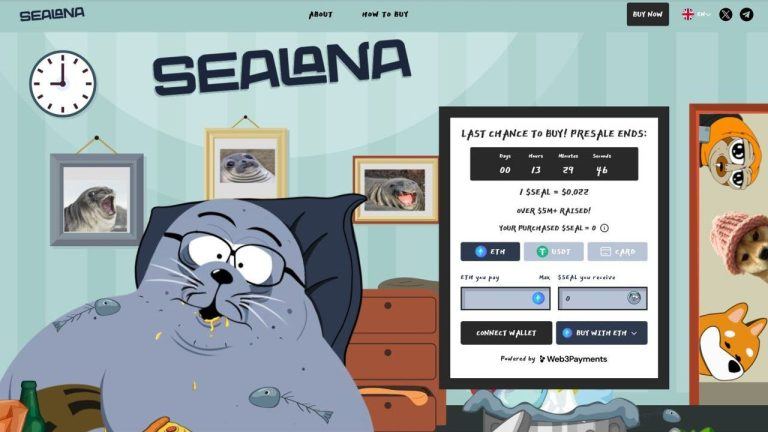Blast Airdrop: Why did BLAST Price Crash?
What Happened During the Blast Airdrop?
The highly awaited Blast airdrop, linked to the Ethereum layer-2 network, launched this Wednesday morning. It distributed a substantial number of tokens worth hundreds of millions of dollars to its user base. Despite the impressive rewards, the response from the decentralized finance (DeFi) community was mixed. Many participants felt their high expectations were not met, leading to an immediate sell-off that significantly reduced the token’s value.
Why Did BLAST Price Crash in Value?
BLAST tokens debuted at around $0.025, giving the 17 billion tokens in the first phase of the airdrop a total value of approximately $430 million. Of these, 14 billion tokens, worth about $354 million, were allocated specifically as rewards for Blast users. However, almost immediately after the release, a wave of selling activity ensued. This surge quickly drove the token’s price down to approximately $0.02, reducing the value of the tokens reserved for users to $289 million.
What Caused the Massive Selloff of BLAST Tokens?
The rapid decline in the token’s value appears to be due to a combination of unmet expectations and immediate profit-taking. The Blast network, a favorite among cryptocurrency whales, had raised high hopes within the DeFi community. Many drew comparisons to past successful airdrops like that of Blur, a pioneering NFT marketplace, which had resulted in significant financial gains for participants. This likely fueled the lofty expectations for the Blast airdrop.
How Did the Claim Process Impact the Airdrop?
The airdrop claim process was elaborate and somewhat cumbersome, contributing to user dissatisfaction. Participants were required to complete several steps: watching a video from Pacman, the founder of Blur, explaining the future vision and roadmap for Blast; scanning a code with their mobile devices; downloading the Blast app; and entering specific words into a desktop or laptop interface. This process ended with a countdown that controlled the token distribution, but some users reported issues such as countdowns increasing rather than decreasing.
Why Were the Costs of Claiming BLAST Tokens So High?
The high cost of claiming the tokens was another source of frustration. For example, claiming 62,582 BLAST tokens could cost users around $1,200, with $900 of that being gas fees alone. These steep transaction costs added to the dissatisfaction and likely contributed to the immediate sell-off of tokens by many users upon receipt.
What Was the Reaction from the Crypto Community?
Crypto Twitter, known for its vocal and often contentious community, was filled with a mix of genuine disappointment and provocative posts. While immediate sell-offs are not uncommon following airdrops, the overall sentiment this time suggested that BLAST's debut did not meet the anticipated windfall. The airdrop fell short of the high expectations set by both the success of its predecessor and the optimistic projections from within the community.
Was Investing Directly in Blast a Better Option?
In retrospect, some users felt that directly investing in Blast might have been a better choice than participating in the airdrop, given the complications and lower-than-expected returns from the bad token distribution. This sentiment highlights the unpredictable nature of the cryptocurrency market and serves as a reminder of the risks and realities associated with airdrops and token distributions.








